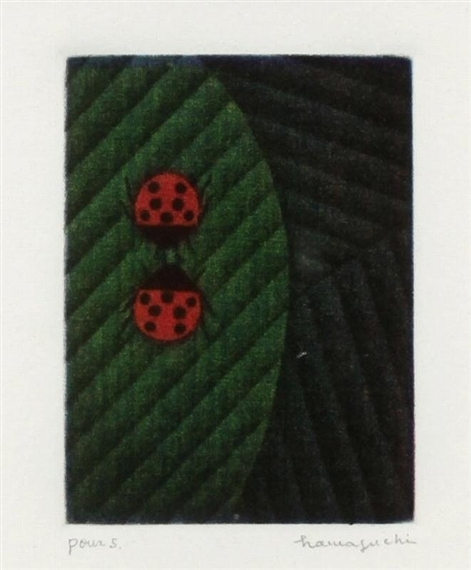The Importance of Ladybirds in Our Ecosystem

Introduction
Ladybirds, commonly known as ladybugs, are not just charming insects with vibrant colors; they play a critical role in our ecosystem. As natural pest controllers, they significantly benefit agriculture and gardens by preying on harmful pests such as aphids and mites. Their presence in an environment indicates healthy biodiversity, making their preservation vital as we confront the challenges of agricultural sustainability and biodiversity loss.
Ladybirds in Agriculture
Recent studies reveal that ladybirds, particularly the species Hippodamia convergens and Coccinella septempunctata, can consume hundreds of aphids daily. This predatory behavior significantly reduces the need for chemical pesticides, promoting organic farming practices that are safer for both consumers and the environment. The use of ladybirds in pest control is not just cost-effective but also supports the resilience of agricultural ecosystems, allowing for better crop yields without ecological harm.
Threats to Ladybird Populations
Despite their benefits, ladybird populations are facing threats due to habitat loss, climate change, and the introduction of non-native species such as the Asian lady beetle. These invasive species can outcompete native ladybirds, leading to declines in their numbers. Conservationists are emphasizing the importance of creating habitats that support ladybird populations, such as planting native flowers and reducing pesticide use in gardens.
Significance for Biodiversity
Ladybirds are not just beneficial to crops; they also form an integral part of the food web. Their decline could have cascading effects on various species that rely on them for survival. Protecting ladybird habitat is essential for maintaining ecological balance and ensuring biodiversity. Understanding the interconnectedness of species can lead to stronger conservation efforts and a healthier environment.
Conclusion
As we move forward, the importance of ladybirds cannot be overstated. By promoting their conservation and understanding their ecological role, we can encourage sustainable agriculture and protect our biodiversity. Engaging in practices that foster ladybird populations—such as planting diverse flowers and reducing chemical use—will not only benefit farmers but also help sustain the delicate balance of our ecosystems for future generations. Educating the public about the significance of these tiny insects can lead to a greater appreciation and conservation of the natural world, ensuring that these invaluable allies remain a part of our environment.









